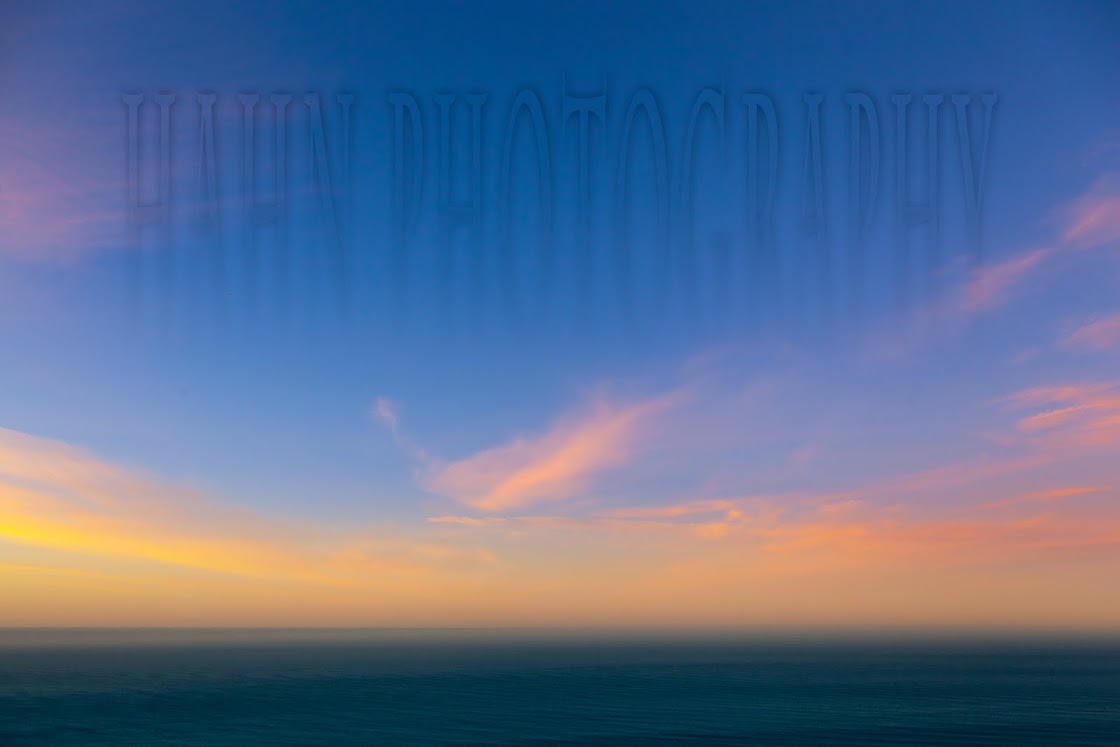Bright Light with Dark Shadows. I metered inside the pot for the deeper shadow. I placed a rock inside so that you can see how much of it changes through the Bracketing Process.
Backlit
Very Low Light with a Light Source. This is a close up detail of a solar lantern.
Description
Shoot three different scenes that have a contrast range of not greater than two stops (4:1 lighting ratio). If you want to challenge yourself, aim for three scenes that have a formal or conceptual commonality. Think about how the lighting condition you choose relates to the subject you are photographing. Your images can be of the same subject in the three different lighting conditions, or they could be of three different subjects that you photograph in a formally similar manner, for example.
Unless otherwise instructed, you should set your camera to manual exposure and set your white balance setting to 5500K or Daylight. No auto white balance. It is strongly suggested that you meter using an external meter as opposed to using the matrix meter in the camera. Needed JPEG file sizes for the assignments are listed with the technical specifications for the class.
Each scene should be bracketed in clusters of five individual exposures in one-stop increments. You should have:
- Bracket Cluster 1: Five exposures of a single scene that is backlit
- Bracket Cluster 2: Five exposures of a single scene shot in bright light with very dark shadows
- Bracket Cluster 3: Five exposures of a single scene shot in very low light with a light source in the scene. The light source should not be behind the subject
You should have a total of 15 images.
Purpose
- To gain an understanding of the relationship between contrast range and dynamic range, and how exposure effects color



























































